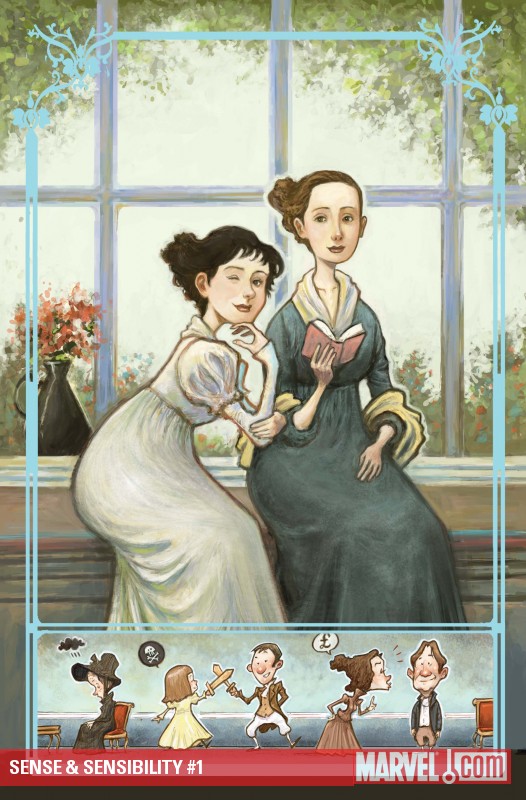 My husband the music expert is currently amusing himself with this book, Lexicon of Musical Invective: Critical Assaults on Composers Since Beethoven’s Time, by Nicholas Slonimsky. On the cover, GB Shaw wields his mighty weapon and Beethoven receives a direct hit.
My husband the music expert is currently amusing himself with this book, Lexicon of Musical Invective: Critical Assaults on Composers Since Beethoven’s Time, by Nicholas Slonimsky. On the cover, GB Shaw wields his mighty weapon and Beethoven receives a direct hit.
It makes for some fascinating and cringeworthy reading. Here, for instance, is a Viennese critic’s comment from 1804:
Beethoven’s Second Symphony is a crass monser, a hideous writhing, wounded dragon, that refuses to expire, and though bleeding in the Finale, furiously beats about with its tail erect.
More animal symbolism from a Paris critic of 1810:
Beethoven, who is often bizarre and baroque, takes at times the majestic flight of an eagle, and then creeps in rocky pathways… He seems to harbor together doves and crocodiles.
Whereas The Harmonium, London, in 1823, took this no-nonsense approach:
Opinions are much divided concerning the merits of the Pastoral Symphony of Beethoven, though very few venture to deny that it is much too long.
And moving right along, in my Internet search for more music criticism articles, I ended up here, which is appropriate in a way:
By 1815 London had expanded beyond its medieval walls and the populace had grown to 1.4 million. People began to generate waste at an unprecedented rate. [italics mine]
Now I don’t believe the author of the article, Night-Soil Men, the Human Waste Collectors of Georgian London, meant that, uh, personal production increased, although that was certainly the first thought that came to my mind. Anyway, read the article for everything you always wanted to know on this topic. Isn’t the internet a wonder?
I’d also like to direct you to a fabulous site, Georgian London, a terrific, smart, well-researched resource. I was thrilled to learn that the site owner, Lucy Inglis, will be speaking at the RNA Conference in July, on “Trades for 18th-century women.” Can’t wait! And I’m speaking on a panel about writing for UK and US markets.
 I expect you’ve seen the news about the discovery of the world’s oldest shoe (5,500 years old, found in Armenia).
I expect you’ve seen the news about the discovery of the world’s oldest shoe (5,500 years old, found in Armenia).
And since I’m encouraging explorations online, please drop by my website to read an excerpt from Jane and the Damned.
What strange internet searches have you performed recently? Where did you start? Where did you end up?









